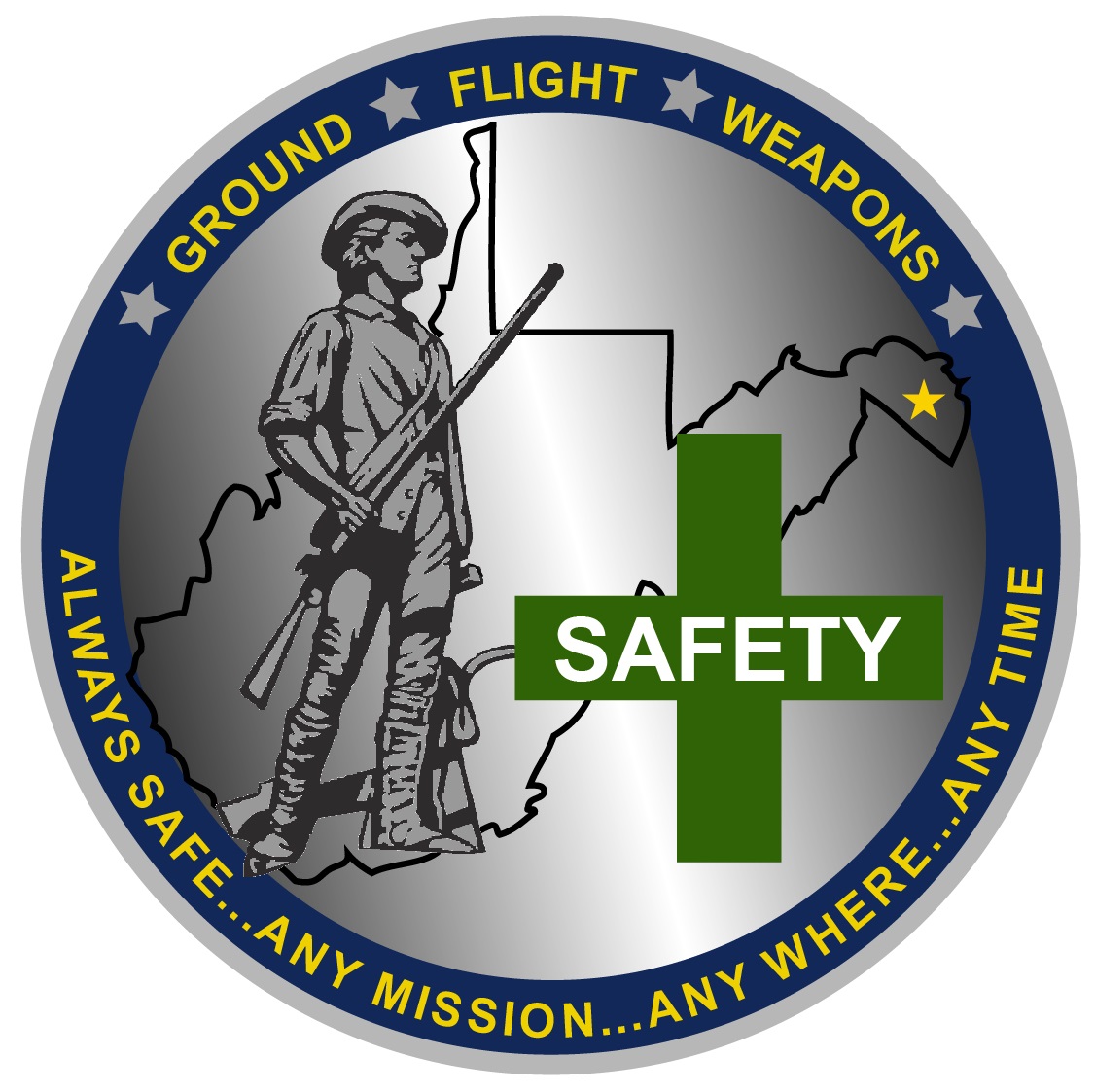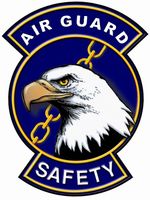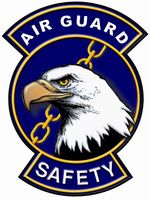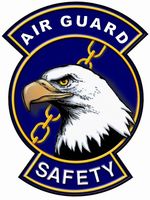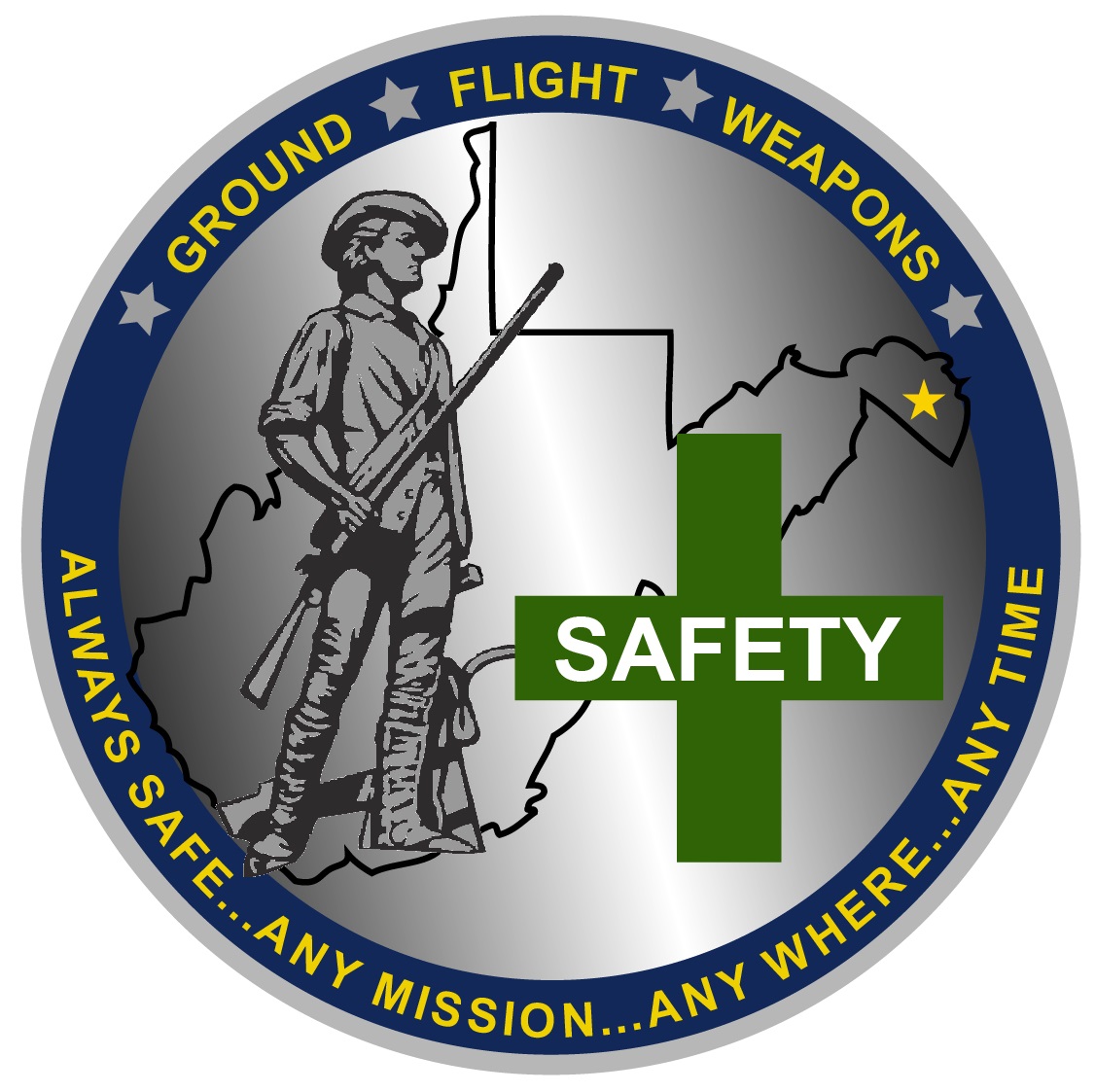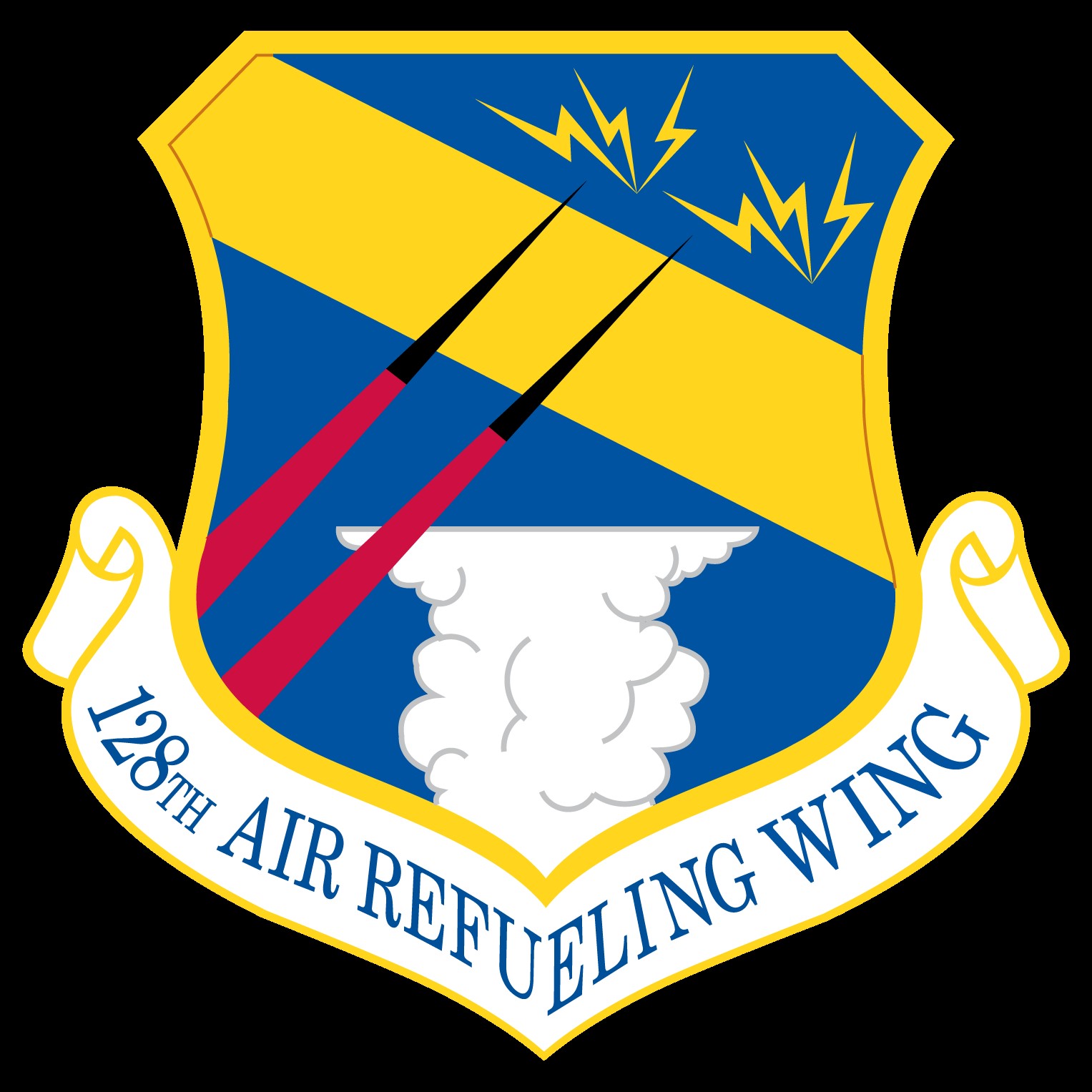Information
-
Audit Title
-
Squadron
-
Conducted on
-
Inspector
-
Location
-
Supervisor
24.18. Aircraft Flight line – Ground Operations and Activities Checklist
-
Are pressure regulators installed to prevent over-pressurization of components being serviced with compressed air? AFI 91-203 para. 24.2.5.2.3
-
Are wiping clothes, oily waste and other flammable materials placed in self-closing metal containers? AFI 91-203 para. 24.3.3.4.2
-
Is an AF Form 592, USAF Hot Work Permit, issued prior to welding on aircraft? AFI 91-203 para. 24.3.3.5
-
Are suitable fire extinguishers placed throughout maintenance areas? AFI 91-203 para. 24.3.3.6
-
Are personnel prohibited from wearing hats and caps on the flight line or in an engine intake danger zone? AFI 91-203 para. 24.4.1
-
Are all bicycles (Air Force and privately owned) operated on the flight line during hours of darkness equipped with an operational headlight and reflective markings front and rear? AFI 91-203 para. 24.4.4.2
-
Do parking lines have spots painted where the nose or forward wheel of the aircraft are positioned on aircraft parking spaces on the flight line and in maintenance hangars? AFI 91-203 para. 24.5.5
-
Have emergency procedures been developed to remove endangered aircraft in the event of a fire, adverse weather or other emergency situations? AFI 91-203 para. 24.5.7
-
Have local procedures been established to ensure key agencies are notified of adverse weather conditions? AFI 91-203 para. 24.6.1
-
Has the installation established a lightning safety program with a two-tier notification system? AFI 91-203 para. 24.6.1
-
Does the tow supervisor clearly define duties and responsibilities to the towing team at the pre-tow briefing? AFI 91-203 para. 24.7.2
-
Is the supervisor the only team member authorized to give the ―all clear to move‖ order? AFI 91-203 para. 24.7.2.1
-
During towing operations, does the supervisor have a clear view of both wing walkers, the vehicle driver and direct contact with the person in the pilot‘s seat? AFI 91-203 para. 24.7.2.6
-
Do tow team members use luminous wands when aircraft are towed at night? AFI 91-203 para. 24.7.5
-
Prior to and during taxi, is radio contact established and maintained between the aircraft and control tower? AFI 91-203 para. 24.7.21.1.2
-
Are aircraft jacks operated, maintained, inspected and tested IAW applicable TOs or handbooks? AFI 91-203 para. 24.8.1.1
-
Are all workstands and other equipment not required to be under the aircraft during jacking operations removed before aircraft are raised on jacks? AFI 91-203 para. 24.8.1.2
-
When an aircraft is on jacks, is the area around the aircraft properly secured and appropriate warning signs posted? AFI 91-203 para. 24.8.1.4
-
Do supervisors ensure engines or other major components, such as wing panels, stabilizers, etc., are not changed when the aircraft is on jacks and landing gear clear of the ramp or floor, unless authorized by applicable TOs? AFI 91-203 para. 24.8.1.5
-
Are aircraft properly chocked and parked IAW applicable TOs and job guides before starting engines? AFI 91-203 para. 24.9.2
-
Is a qualified and trained fire guard in position by the fire bottle(s) prior to starting aircraft engines, and does he/she remain in place until all engines are operating and the danger of fire no longer exists? AFI 91-203 para. 24.9.4
-
Do crew and maintenance personnel wear approved hearing protection in noise hazard areas? AFI 91-203 para. 24.9.9
-
On jet engine aircraft, are crewmembers, maintenance workers and personnel with flight line access briefed not to approach closer than 5 feet from the side or rear or 25 feet from the front of engine intake ducts when the engine is in operation? AFI 91-203 para. 24.10.3
-
Are ground safety pins installed by aircrew or maintenance workers immediately after the landing aircraft is parked and engines shutdown or by egress workers after maintenance work requiring removal of the pins is complete? AFI 91-203 para. 24.10.5.1
-
For work in a jet engine tailpipe, is a responsible individual positioned adjacent to the tail pipe or entrance of the aircraft to prevent anyone entering the cockpit and to maintain communication with the person in the tail pipe? AFI 91-203 para. 24.10.8
-
At the end of each day or shift, are flammable waste containers emptied or removed to an approved location outside the shop for pickup and disposal? AFI 91-203 para. 24.11.2.2
-
Are flammable storage areas kept cool (55o to 80o F) and free from spark or heat producing equipment? AFI 91-203 para. 24.11.2.3
-
Are tire cages used when servicing aircraft tires in the tire shop? AFI 91-203 para. 24.12.2
-
Are procedures in place to ensure only oil-free nitrogen is used to inflate aircraft tires? AFI 91-203 para. 24.12.4.1
-
Are aircraft wheel and tire removal operations IAW TO 4T-1-3? AFI 91-203 para. 24.12.5
-
Are tire servicing restraint devices visually inspected prior to each day‘s use? AFI 91-203 para. 24.12.8
-
Has the Airfield Manager established a program for issuing AF Form 483, Certificate of Competency, endorsed for flight line driving? AFI 91-203 para. 24.13.2.4
-
Do all passengers use available seat belts while vehicle is in motion? AFI 91-203 para. 24.13.8
-
Are FOD Check signs posted at entrances to ramp area/flight line? AFI 91-203 para. 24.13.13
-
Are guides/spotters used to assist K-loader and roller equipped trailer operators when approaching an aircraft to load or off-load? AFI 91-203 para. 24.13.19
-
Are passengers prevented from riding on tow tractors unless adequate seats are provided for that purpose? AFI 91-203 para. 24.13.20
-
Are pintle assemblies and towing connections secured with a pintle hook safety locking device or cotter pin that will positively lock towing connections? AFI 91-203 para. 24.13.20.2
-
Are hazardous areas in aircraft hangars or nose docks, such as crush and pinch points that cannot be eliminated by engineering controls or mechanical safeguards, highlighted with colored paint and signs? AFI 91-203 para. 24.14.4.1
-
Have all personnel who routinely work in hangars or require access through the hangar doors received annual Hangar Door Awareness Training? AFI 91-203 para. 24.14.5
-
Are only qualified personnel, approved by the squadron commander or designated representative, authorized to operate hangar doors? AFI 91-203 para. 24.14.8.3
-
Are overhead hangar doors fully opened before moving aircraft through the door? AFI 91-203 para. 24.14.8.4
-
Do facility managers conduct monthly inspections of hangar door operational and safety features? AFI 91-203 para. 24.14.8.7
-
Are visual inspections of the door path and track-way accomplished before hangar door movement? AFI 91-203 para. 24.14.9
-
Is temporary or makeshift electrical wiring prohibited in hangars? AFI 91-203 para. 24.14.13
-
Are emergency procedures established to remove aircraft in case of fire, severe weather or other hazards? AFI 91-203 para. 24.14.15
-
Do supervisors prohibit wear of finger rings and loose clothing when they pose a hazard to workers? AFI 91-203 para. 24.15.1.6
-
Is incidental storage of small amounts of paints and thinners in approved cabinets with self-closing doors? AFI 91-203 para. 24.15.3.1.1
-
Are hazardous operations prohibited within 50 feet of major cleaning, painting or paint removal operations? AFI 91-203 para. 24.15.3.2.1
-
Is the work area inspected to eliminate ignition sources prior to paint touch-up operations? AFI 91-203 para. 24.15.3.2.1
-
If hangar doors are opened to disperse flammable vapor concentrations, are the doors opened at least 10 feet? AFI 91-203 para. 24.15.3.2.2
-
If opened to less than 10 feet, are procedures in place to lock out the main door switch? AFI 91-203 para. 24.15.3.2.2
-
Is the multimeter calibration date checked prior to each use? AFI 91-203 para. 24.15.4.4
-
Are parking brakes set and/or chocks used prior to jacking equipment? AFI 91-203 para. 24.15.4.5
-
Are jacks and jack stands inspected and maintained IAW TO or manufacturer‘s instructions? AFI 91-203 para. 24.15.4.5
-
Are locking pins installed, hydraulic pressure released, platform eased down onto the locks and the hydraulic valve closed before anyone is allowed on the maintenance stand? AFI 91-203 para. 24.15.4.8.1
-
Are procedures in place to protect workers from unexpected movement of flight controls? AFI 91-203 para. 24.15.6
-
Is fall protection available and used by workers exposed to a fall of 4 feet/10 feet or more? AFI 91-203 para. 24.16
Signatures
-
Report Routing
-
Supervisor Signature:
-
Notification
-
Superintendent Signature:
-
Notification
-
Commander Signature:
-
Notification
-
Safety Office Signature:
-
Notification
-
Wing Commander Signature:
-
Notification
